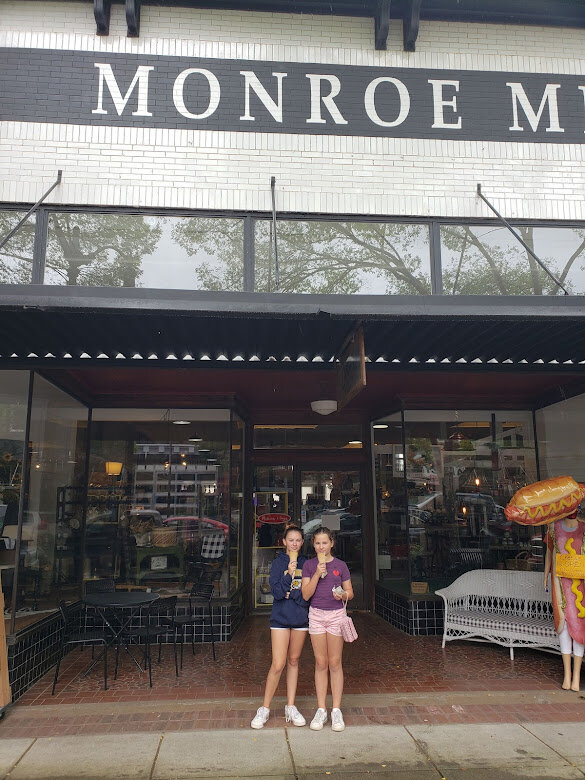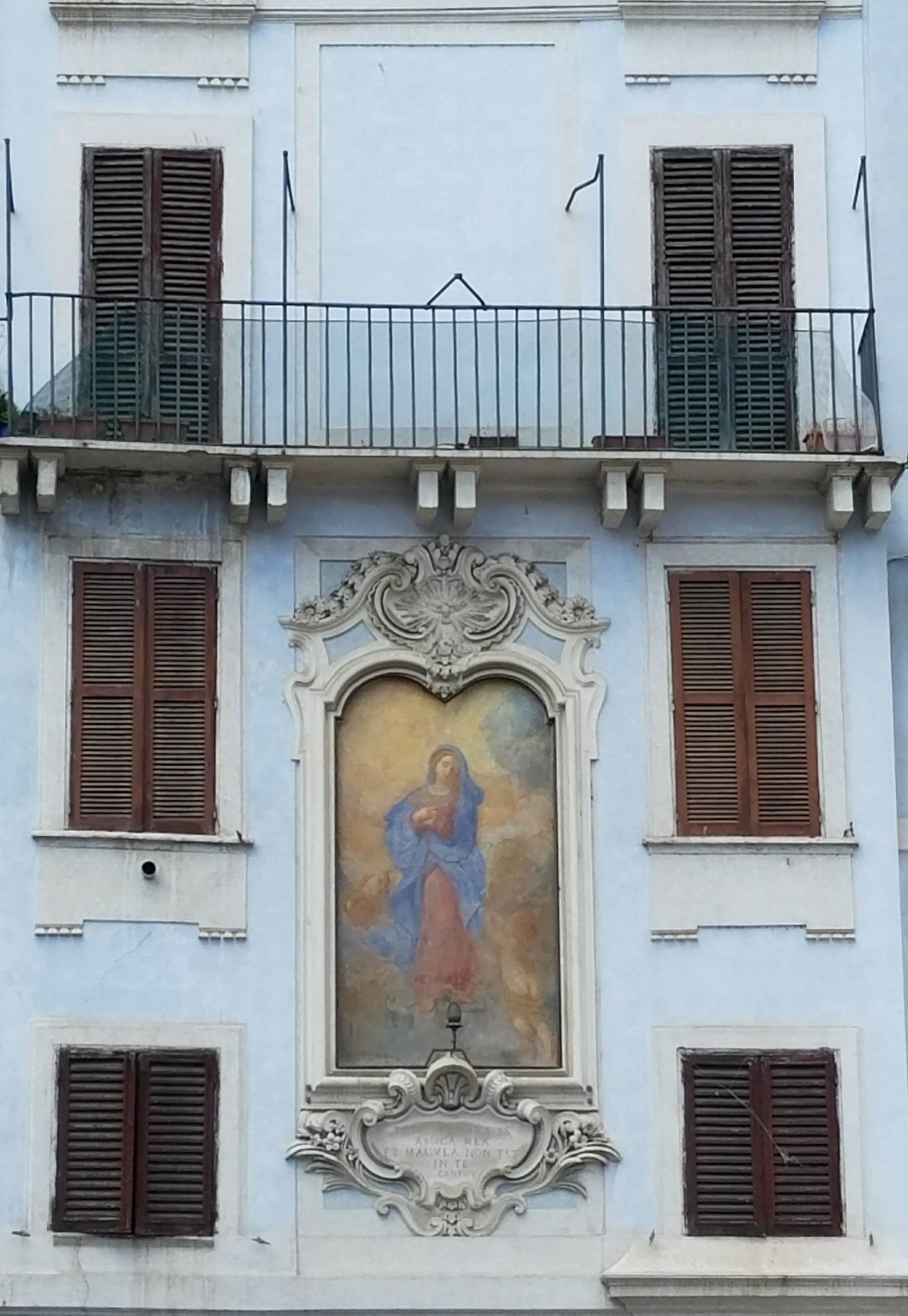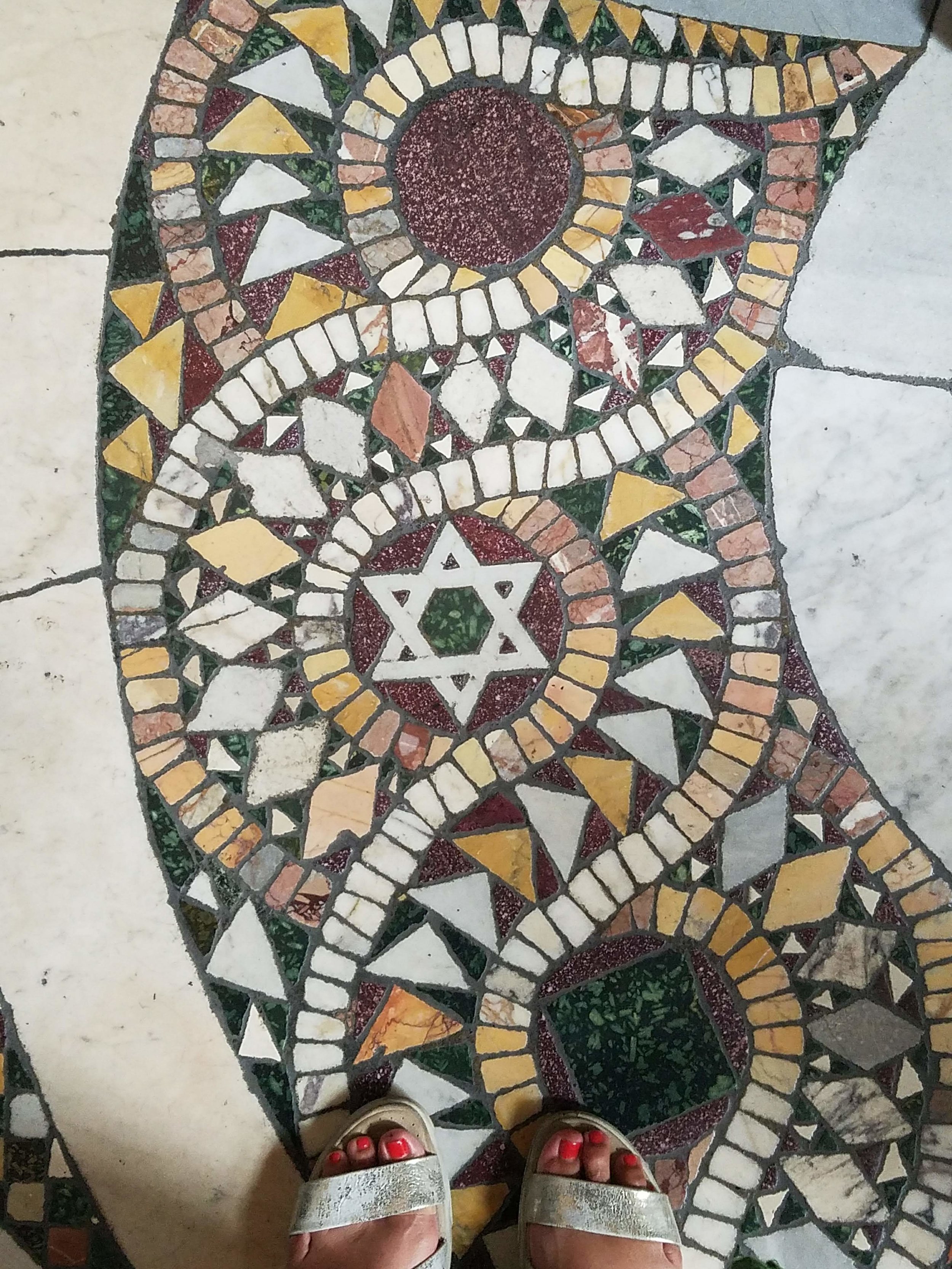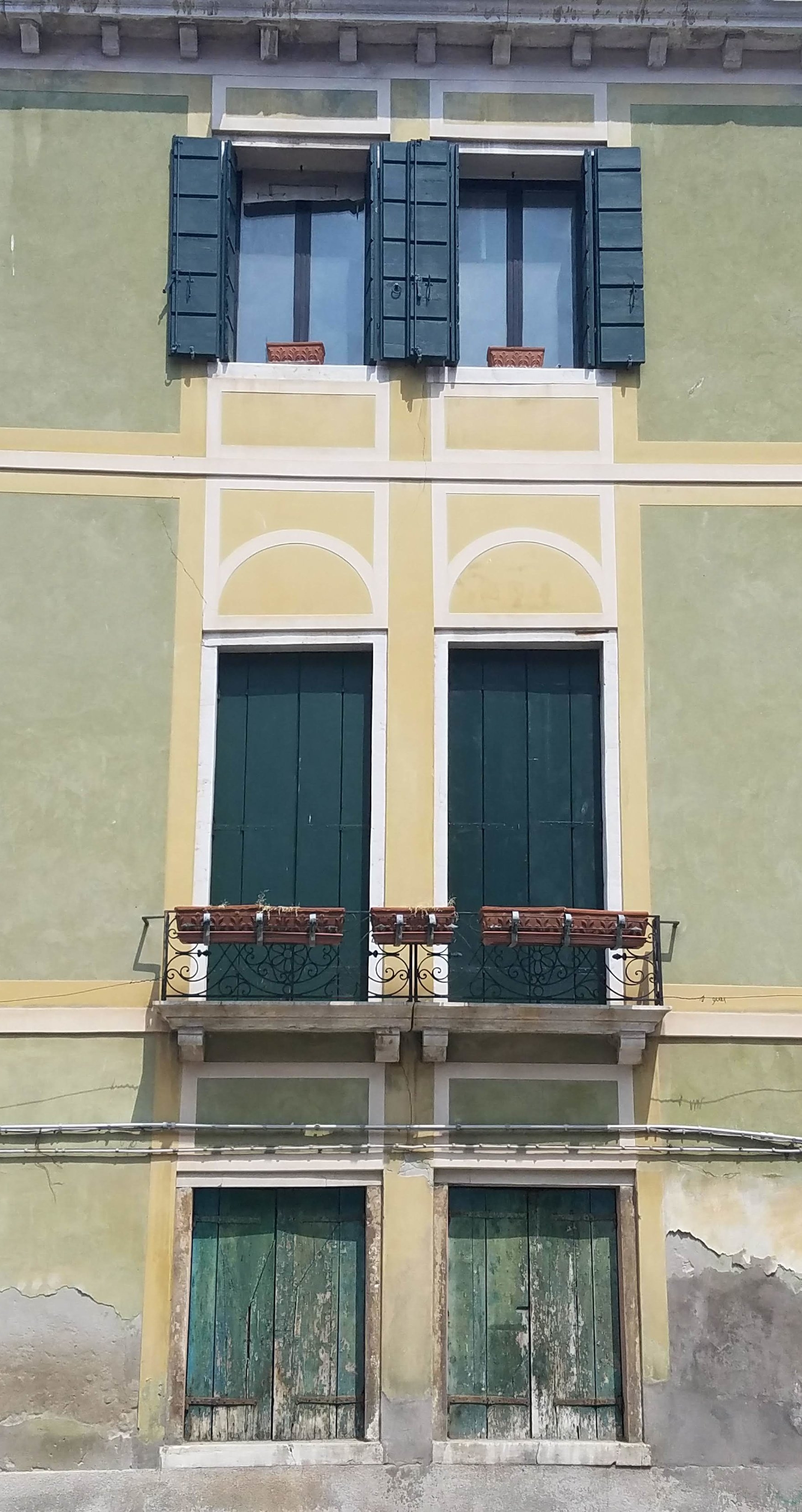If you follow me on social media, you know that my last month or so has been consumed with transitioning from white clay to red clay. It seems every social media post is about the clay color switch. So you may be wondering, “so she switched clay colors, what’s the big deal?” Well, it’s been a big deal, and for so many reasons than just color. It’s hard to get into such an explanation in an Instagram post or a quick email newsletter, and a lot of you may not be interested in the details at all, and that’s totally understandable (but you may want to stop reading after this sentence). But for those of you who do want to know what all the fuss is about, here’s a brief delve into what I’ve been working on for the past two months and why it’s such a difference for the direction of h.made. So, here we go!
Since the beginning of h.made in 2017, I’ve always used low-fire clay for all of my work. This means is it’s not fired to as high of a temperature as high-fire clay, which is stoneware (picture kind of a stone tan or brown ish pottery that’s kinda freckley…all stoneware potters who may read this will cringe big time at this description, which kind of gives me the giggles as I write it). Low-fire clay is what I’m most comfortable with. It’s what I’ve always used in my teaching classroom, it’s what I’ve put years of work into learning and understanding, so I felt most comfortable continuing to use it for my work when I began this little business. I originally chose to work with white clay because my early work (the detailed tiles, the florals, etc.) relied heavily on glaze and color detail, which are much brighter and colorful on a white clay body. I’ve experimented a few times with high-fire clay over the past few years, but quickly realized I was way out of my lane, if you will, so I stuck to what I knew—white, low-fire clay.
At this point, picture a four-year, time-lapse set to lovely music of me, happily using white clay and making in the studio. As the end of 2021 approached, I started to have real difficulty finding the white clay I’d always used. It wasn’t just my supplier that was consistently out of stock, but I exhausted several other resources, as well. Some of you may remember that I limited the number of Christmas preorders because I had a genuine fear I’d run out of clay before I could fill them. I’d hoped this shortage was just a result of busy potters at Christmas, that things would surely catch up and “return to normal” (that phrase is something I’m ready to be rid of, ammiright?), but even well after the holidays, the scarcity of white clay was actually even worse than before.
Since I’m a teacher, the end of the school year/beginning of summer felt like a great time to make this transition. I ordered up 25 lbs of red clay to try before fully committing to a specific brand or clay body, and dug in. Just a quick background into what this looks like in the studio—it means cleaning every tool, board, form, template, lace, surface, etc so that the remaining white clay didn’t get into the dark red clay. After all the cleaning, the actual production process was surprisingly great. I liked how the red clay worked and handled even better than the white. But I still wanted my work to have a similar look, so enter something called slip. Basically clay mixed with water, slip can help join clay pieces or be used in decoration. So once I made the red clay pieces, I then painted over them with white slip. I hoped sanding some edges would help create an aged or patinaed look with the red clay showing through, which sounds simple enough. But figuring out the timing of when the red clay was dry enough to add the wet, white slip so that it doesn’t smear the red clay but not too dry to crack the red clay by adding moisture to dry clay, but also not letting the clay dry enough so that when I tried to sand the edges, pieces didn’t break, and whew! Throw in the differing levels of humidity in a Georgia summer, which affects drying time, and I started to realize this was more than just a clay color switch. This was a steep learning curve!
Things were progressing and after many, many broken scrap pieces, I thought I had things figured out. Then came the firing process. Without getting into a long, boring description of kiln firing temperatures, just know there was at least two kiln loads (about 1-2 weeks of work) where pieces were all cracked and warped (basically melted) and lots of crying jags standing at the kiln (I’m still not quite recovered, making one of my daughters or husband open the kiln after a firing to look in, as I don’t know that I can handle that again). Thankfully, I’ve started heading in the right direction with the right glazes and the right firing temperatures, and the past few loads have been exactly what I’d hoped for. I’m learning more each day about the timing of the making, applying the slip, sanding, and drying. I would love to wrap this up with “all is well, I know exactly what I’m doing, things are perfect! But that would be far from the truth. I’m constantly learning more about this process, and probably always will.
Why do I want you to know all of this? Because I value authenticity and I assume y’all do, as well. Social media can present a really shiny front, making things appear great. I’ll have people come up to me and say very kind things like, “you are killing it, lady!” when I know that the day before I was crying and smashing warped pieces from the kiln into the trashcan with my family looking on like I had lost all good sense. I want you to know the lows and the middle of me figuring things out so that when I’m on a high of things going just right, you’ll know that’s definitely not the case all the time. I also value when other small businesses are transparent about the hard steps taken to make things work well, so hopefully, this will do the same for someone. But if I didn’t want to tell y’all my story through pottery, if I didn’t value giving you my best, or making pottery you connect with and that you want to give as gifts or have in your home, I’d have given up a long time ago. It’s y’all’s encouragement and support of this little business that gets me back in the studio after something goes really wrong, so thank you all so, so much for sticking with me over the past 5 years, and I hope you enjoy the look of the new work as much as I do.




















